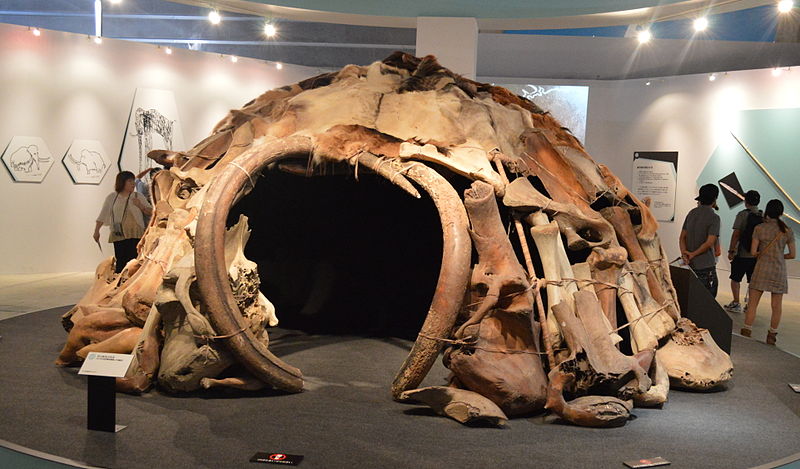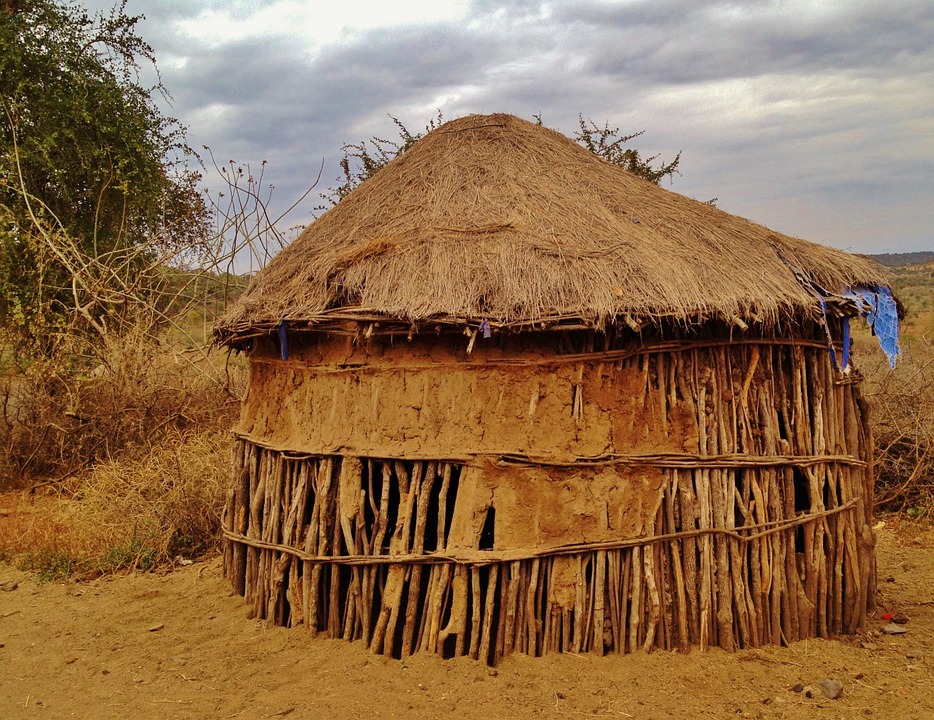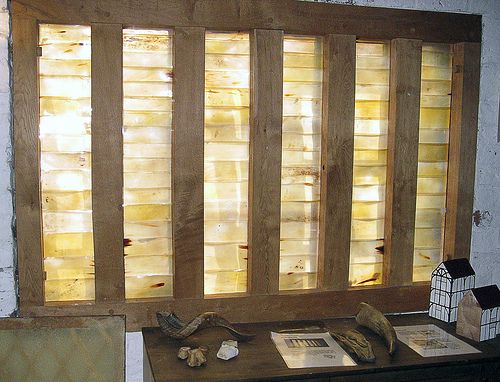
The Past, Present and Future of Homes and Housing – Part 1 of 3
Part-One; Homes of The Past
In the most basic sense, a home is a place of refuge, a physical barrier between us and the discomforts and dangers of the natural world. Although the threat of a sabre-toothed tiger eating you in your sleep has come and gone, the desire to stay dry when it rains, warm when it’s cold, and cool when it’s warm, has persisted for thousands of years.
In the following 3-part series, we will look at the evolution of homes and housing. From caves to condos, we will examine how the home as we know it came to be, how our utility and expectations of the home have evolved, how building methods and materials have changed, as well as what homes and housing of the future might entail.
The First Home
It is unclear when and where the first homes were developed. It is believed that in the earliest days of mankind, humans predominantly lived nomadic hunter-gatherer lifestyles for thousands of years, moving from place to place in search of resources – food and water.
During this time, humans used varying forms of tents and huts made from animal bones and hides as well as other found materials such as wood and vegetation. These primitive shelters could be quickly set up and torn down, or even sourced anew as people moved from place to place. Caves were another form of shelter during this period, but due to their nature, they weren’t something nomads could rely on as they traveled through uncharted lands and ever changing geographies.

Evidence suggests that humans first began to develop agriculture around 10,000 years ago. In the millenia that followed, there was a major global shift from nomadism to societies based around agriculture. The discovery of agriculture enabled self-actualized food stability, eliminating the need to roam in search of food resources. Consequently, this also led to the development of more permanent forms of housing and settlements.
Early Homes and Housing Technology
The Neolithic period, known as the “New Stone Age”, ranged from 9000 BC to 5000 BC. During this period, we began to see homes built from rocks, clay, and wood, typically accompanied by thatch roofs. Thatch roofing is a method that uses dry vegetation such as reeds, straw, rushes, palm leaves, etc. to create a roof covering.

Historians believe that sun-dried bricks, oven baked bricks, as well as mortar, were also invented during this time. This technology also saw the rise of tile roofs in some regions. The Neolithic period was the final period prior to the discovery of metals and the subsequent tools and technology that accompanied them.
The ancient Egyptians are credited with inventing many quintessential technologies that have gone into housing including; the ramp, lever, lathe, oven, paper, irrigation system, window, awning, door, glass, a form of plaster of Paris, the bath, lock, weaving, a standardized measurement system, geometry, silo, a method of drilling stone, saw, steam power, proportional scale drawings, enameling, veneer, plywood, rope truss, and more.

Around 3500 BC Egyptians discovered how to make glass. By 100 AD Romans created the first known glass windows albeit crude in comparison to modern windows. It wasn’t until the 16th century that the use of glass windows became more widespread. Leading up to this point windows were either left open or covered with thin strips of horn or pieces of linen soaked in tallow, linseed oil or resin, which allowed some light in while helping to block out wind and rain.
Another major breakthrough in the 15th/16th centuries was the technology of conversion. Water mills for instance, were used to saw timber and convert trees into planks. Towards the end of the 17th century, architects and engineers started to use experimental science to inform the form of their buildings.
Ultimately it wasn’t until the 18th century that engineering theory developed sufficiently to allow sizes of members to be calculated. As such, structures built prior to the 18th century relied heavily on experience, rules of thumb and the use of scale models.
During the 18th and 19th centuries, the science behind architecture continued to improve, as did the building methods and techniques. It also marked the beginning of the industrial revolution which saw the rise of railways, canals and macadam roads as well as new construction technology including steam engines, machine tools, explosives, optical surveying, the circular saw and machine cut nails. These technologies meant that houses could be built more quickly than ever before. Subsequently, cities saw huge levels of growth during this time.
The 19th century also brought about major developments in plumbing and subsequently, public sewage and water systems.
Next Month
Next month, in Part 2 of The Past, Present and Future of Homes and Housing, we will look at housing over the last century up to the present day. Join us next month to find out how elevators, power tools, steel, computer aided design and more have come together to create the houses we know today.
